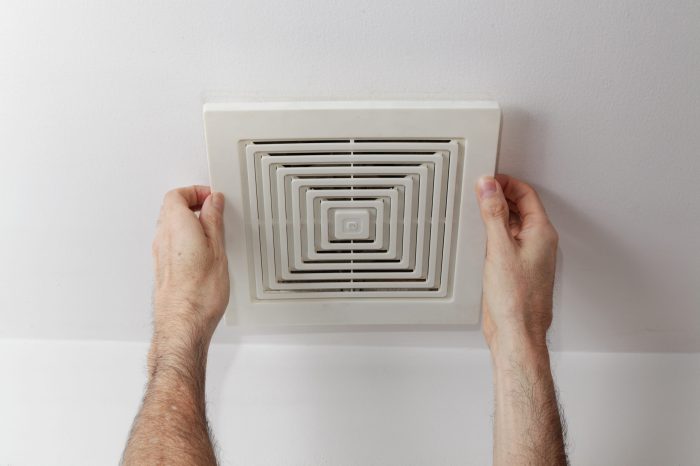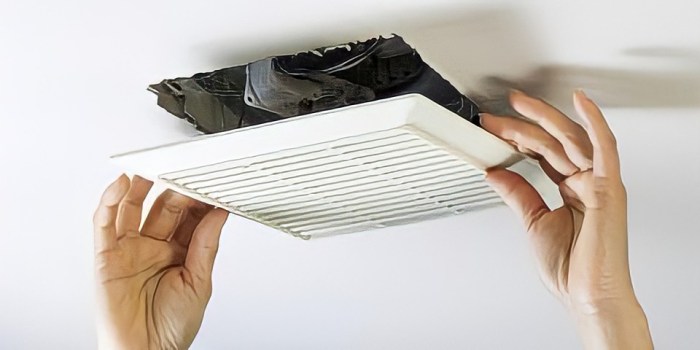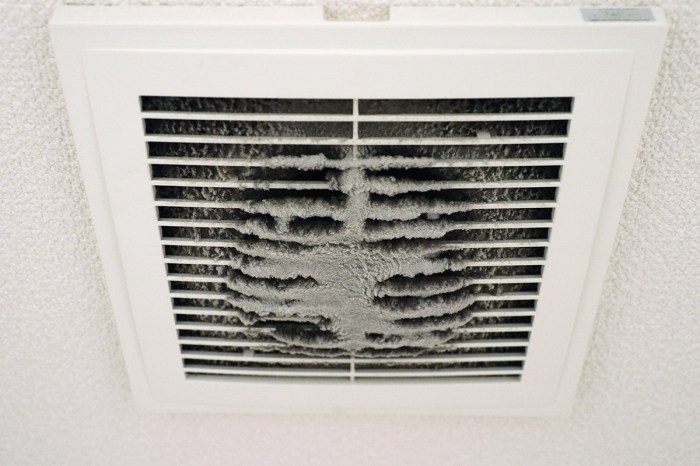Maintaining a clean and efficient bathroom exhaust fan is crucial for ensuring proper ventilation and preventing the buildup of moisture, mold, and unpleasant odors. Cleaning bathroom exhaust fan ducts is an essential part of this maintenance routine, and following the right steps can help you achieve optimal performance and longevity for your exhaust fan.
In this guide, we will provide detailed instructions on how to clean bathroom exhaust fan ducts safely and effectively. We will cover everything from safety precautions and necessary materials to step-by-step cleaning instructions and troubleshooting tips. By following these steps, you can ensure that your bathroom exhaust fan operates at its best, promoting a healthier and more comfortable indoor environment.
Materials and Tools
Cleaning bathroom exhaust fan ducts requires a specific set of materials and tools to ensure effective and thorough cleaning.
Brushes
- Nylon brushes: Suitable for general cleaning and removing dust and debris. They are gentle on the fan blades and duct surfaces.
- Wire brushes: More abrasive than nylon brushes, suitable for removing stubborn grease and grime. However, they should be used with caution to avoid damaging the ductwork.
- Pipe brushes: Designed to clean the inside of the exhaust duct, effectively removing buildup and obstructions.
Cleaning Solutions
The choice of cleaning solution depends on the type of exhaust fan duct and the severity of the buildup. Common cleaning solutions include:
- Dish soap: A mild and effective solution for general cleaning, suitable for most types of exhaust fan ducts.
- Degreaser: A stronger solution designed to dissolve grease and grime buildup, ideal for heavily soiled ducts.
- Bleach: A disinfectant that kills mold and mildew, suitable for ducts that have been exposed to moisture.
Vacuums
A vacuum is essential for removing loosened debris and dust from the exhaust fan duct. Consider the following types of vacuums:
- Shop vacuum: A powerful vacuum designed for heavy-duty cleaning, suitable for removing large amounts of debris.
- Wet/dry vacuum: A versatile vacuum that can handle both wet and dry materials, useful for cleaning ducts that have accumulated moisture.
- Handheld vacuum: A lightweight and portable vacuum, suitable for cleaning smaller ducts and hard-to-reach areas.
Step-by-Step Cleaning s
Cleaning bathroom exhaust fan ducts is a crucial maintenance task that helps ensure proper ventilation and prevent mold and mildew growth. Here’s a detailed step-by-step guide to effectively clean your exhaust fan ducts:
Removing the Exhaust Fan Cover
Begin by switching off the power to the exhaust fan at the circuit breaker or fuse box. Then, locate the screws or clips that hold the fan cover in place and carefully remove it. Note the position of the screws or clips for easy reassembly later.
Cleaning the Fan Blades
Once the cover is removed, you’ll see the fan blades. Use a soft cloth or brush to gently wipe away any dust or debris from the blades. Avoid using harsh chemicals or abrasive materials that could damage the blades.
Cleaning the Ductwork
The ductwork is the section of pipe that connects the exhaust fan to the outside of your home. To clean the ductwork, you’ll need a long-handled brush or a vacuum cleaner with a hose attachment. Insert the brush or hose into the ductwork and carefully remove any accumulated dust, dirt, or debris.
Reassembling the Exhaust Fan
Once the fan blades and ductwork are clean, it’s time to reassemble the exhaust fan. Place the fan cover back in its original position and secure it with the screws or clips. Turn the power back on at the circuit breaker or fuse box, and test the exhaust fan to ensure it’s working properly.
Troubleshooting Common Problems
Maintaining a clean bathroom exhaust fan duct is crucial for efficient ventilation. However, you may encounter certain issues during the cleaning process. Here are some common problems and troubleshooting tips to help you resolve them:
Clogged Ducts
If your bathroom exhaust fan is not performing optimally, clogged ducts could be the culprit. Obstructions like dust, lint, and hair can accumulate over time, hindering proper airflow. To unclog the ducts, follow these steps:
- Turn off the power to the fan at the circuit breaker.
- Remove the fan cover and locate the ducts.
- Use a vacuum cleaner with a hose attachment to remove loose debris from the ducts.
- For stubborn clogs, consider using a duct cleaning brush or a wet/dry vacuum to dislodge the blockage.
- Reassemble the fan cover and turn the power back on.
Faulty Fan Motors
If cleaning the ducts doesn’t resolve the issue, the problem may lie with the fan motor. Common signs of a faulty motor include unusual noises, lack of airflow, or intermittent operation. To troubleshoot:
- Check if the motor is receiving power by using a multimeter to test the voltage at the fan’s electrical connections.
- If there’s no power, inspect the wiring for any loose connections or damage.
- If the motor is receiving power but still not functioning properly, it may need to be replaced.
- For motor replacement, it’s recommended to seek professional assistance from an electrician or HVAC technician.
Seeking Professional Assistance
If you’re unable to resolve the problem using the troubleshooting tips provided, it’s advisable to seek professional assistance. A qualified electrician or HVAC technician can diagnose the issue accurately and provide a suitable solution. Attempting complex repairs without proper knowledge or experience can be dangerous and may worsen the problem.
Last Point
Regularly cleaning your bathroom exhaust fan ducts is a simple but effective way to maintain good indoor air quality, prevent costly repairs, and extend the lifespan of your exhaust fan. By following the steps Artikeld in this guide and addressing any common problems promptly, you can ensure that your bathroom exhaust fan operates efficiently and effectively for years to come.



